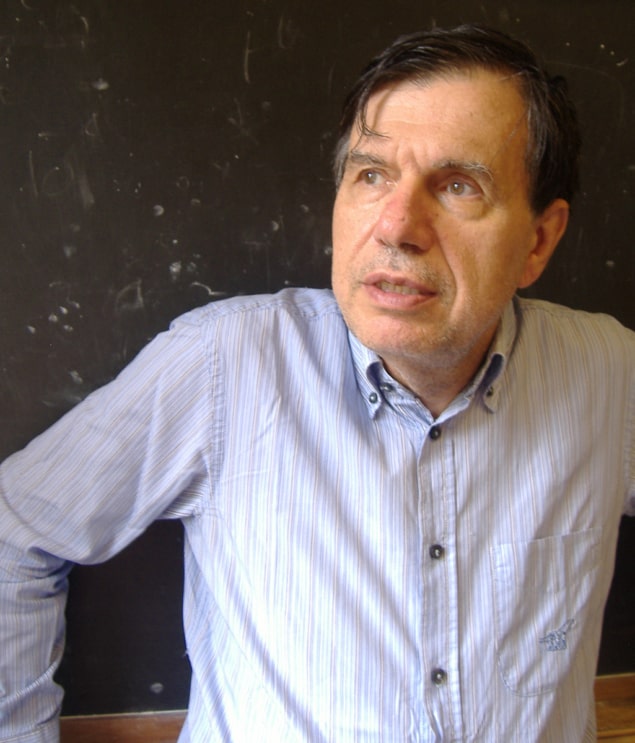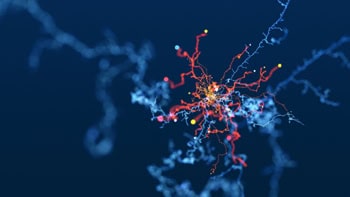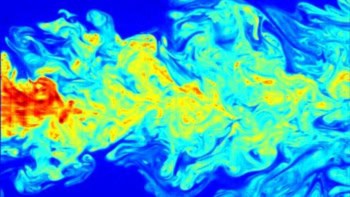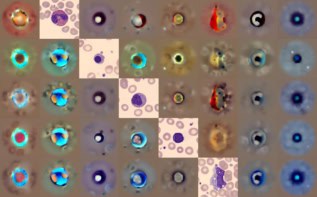Italian theoretical physicist Giorgio Parisi has been an outspoken critic of Silvio Berlusconi’s lack of support for science. He talks to Michele Catanzaro about how physics may fare under the new administration led by the economist Mario Monti

Giorgio Parisi was caught in the eye of a political storm in January 2008. The 63-year-old theoretical physicist, together with 66 other lecturers from La Sapienza, University of Rome, called on the 700-year-old institution to cancel an invitation to Pope Benedict XVI to deliver the inaugural lecture of the academic year. After three days of protests against the pope’s visit, including banners sprawled across campus buildings, the university cancelled the speech. The university did, however, allow the pope to speak immediately after the ceremony at the inauguration of the university chapel.
After the backtrack, students throughout the campus hailed Parisi and his fellow lecturers, while the radical Catholic speaker Father Livio Fanzaga said the signatories “smelled of sulphur”. Although the signed letter was only meant to be seen and distributed within the university, it caused a media and political stir after it was made public by a newspaper only a couple of days before the pope’s visit. Indeed, the Italian government – then led by Silvio Berlusconi – threatened to take legal action against anyone who had signed the letter.
Looking back on those events of four years ago, Parisi defends his stance that the Pope should not have given the lecture. “A religious person – even a rabbi or an imam – is not the appropriate choice for the inauguration of a non-religious institution,” he says. Yet the Catholic Church is not the only institution to cross swords with Parisi. He bemoans the previous Italian government for not supporting science adequately during the economic boom times and failing to see that boosting innovation could grow the country out of the impending recession. “They considered research as a luxury in times of crisis, instead of an opportunity”, he complains. “The drop in investment during Berlusconi’s times was so large that hiring and financing for science was practically blocked.” The result is, in his opinion, a brain drain away from the country that will only put it on a weaker footing in the future.
The drop in investment during Berlusconi’s times was so large that hiring and financing for science was practically blocked.
Giorgio Parisi
Now, with a new administration in Italy led by the economist Mario Monti, Parisi has in many of his public lectures been increasingly lobbying for more science spending in Italy. There are signs that things are improving and Parisi is particularly impressed with the appointment of electrical engineer Francesco Profumo as the new science and education minister. “It is a wonderful choice. I am confident that he will do his best to improve the situation,” he says. Profumo, 58, is also president of the National Research Council (CNR) and had previously served as chancellor of the Polytechnic University of Turin from 2005 to 2011.
Parisi says the appointment of Monti represents progress but he would like Italy’s new prime minister to take economic inequality into account in the attempt to get the country back on track after the Berlusconi years. “Italy needs both budget austerity and a stimulus package that should involve in a massive way science and technology, and culture as a whole,” he adds. “We shall see if science resources will be cut or whether they will increase: it would be a disaster if the cuts were distributed in the same way for institutions that are deemed excellent and those that are not.”

A changing science
Entering Parisi’s office in the Marconi physics building in La Sapienza’s main campus, at first glance it does not look dissimilar to those of his colleagues’, with scientific books sprawled across the desk and table. But there is one particular object that stands out: what looks like a very old television set. Rather than being there for sitting back and watching daytime TV, the device was instead used in 1983 by the prominent theorist Nicola Cabibbo to simulate a cellular automaton called “LIFE” – a computational model where particles on a screen die or survive depending on the interactions with their neighbours. The TV – with a 512 × 512 pixel screen – ran at 50 frames per second and was pioneering technology for its time. Although Parisi describes himself as “not a good experimentalist”, the old TV is a totem to his versatility. Trained as a high-energy theoretical physicist, he later moved into condensed-matter experimental physics, and has now started research in a new area: modelling flocks of starlings flying above Rome’s train station.
Born in Rome in 1948, Parisi attended the city’s famous La Sapienza University, graduating in 1970 with a degree in high-energy physics, during which he studied the Higgs mechanism under the guidance of future collaborator Cabibbo. After his degree Parisi worked at the Laboratori Nazionali di Frascati, on the outskirts of Rome, on the theory of positron and electron collisions, which were being performed at the National Research Council’s Adone accelerator, also in Frascati.
With that background, it is not surprising that Parisi has warm words for Italy’s €650m SuperB experiment – a next-generation particle accelerator that will be located at the campus of the University of Rome Tor Vergata, on the outskirts of the city. SuperB will collide electrons and positrons inside two 1.2 km-circumference rings to study the decay of particles such as B-mesons and tau leptons. Building of the tunnels for the facility’s circular accelerator has been put back from the end of this year to the beginning of 2013, with scientists saying that they are confident the delay will not affect the start-up date of 2016. “SuperB is a very ambitious programme and will be successful only if it sticks to a strict schedule,” says Parisi. “I am sure that the management – and I hope also the government – is well aware of this crucial point.”
During the early 1970s Parisi began to work on the theory of phase transitions within solids. He was particularly attracted by the application of field-theory techniques that were used from high-energy physics to condensed-matter physics. Indeed, it is in this area that Parisi says he made his most important scientific contribution – helping form the physical theory behind spin glasses. These are magnets with “frustrated” interactions caused by disorder and Parisi was awarded the Boltzmann medal in 1992 by the International Union of Pure and Applied Physics for this work.
Since then, Parisi has received other high-profile awards for his theoretical work, including the Dirac Medal in 1999 from the Abdus Salam International Centre for Theoretical Physics (ICTP) and the Max Planck medal last year from the German Physical Society. It is these theoretical methods that Parisi has been using to study and model the shape and dynamics of up to 10,000 flocking starlings, which he says is a “well-defined problem that only physics has the tools to understand”. Yet, while Parisi says he has been fortunate to live in a time where theories from high-energy physics can be successfully exported to other areas, such as condensed-matter physics, he fears that spanning new fields is getting much harder as research becomes ever more specialized.
The Italian job
Despite his criticism of the Italian government, Parisi does not regret developing his career in Italy. “[When I started] it was possible to do good theoretical research,” he says. “I did not find enough reasons to move country then.” Yet he does not feel the same way now after seeing funding in Italy reduce over the past few years. “Too many Italian scientists decide to remain abroad because there are practically no permanent job openings in Italy for people aged around 30,” he adds.
Parisi, however, has not lost his interest in high-energy physics, particularly now that CERN’s Large Hadron Collider is homing in on the Higgs boson. “We are receiving wonderful news from CERN: they found the Higgs in the place where it should be, just at border of the range where Cabibbo, [Luciano] Maiani, [Roberto] Petronzio and myself predicted it 32 years ago,” he says. Indeed, Parisi says he has never had any doubts about the existence of the Higgs after the W and Z bosons were found in the early 1970s. “The theoretical scenario would be quite incomprehensible without the Higgs,” he says. “I am sure that [CERN] will confirm the result next year.”
In person
Born: Rome, 1948
Education: La Sapienza, University of Rome (1970)
Career: Researcher at Laboratori Nazionali di Frascati, Rome (1971–1981); La Sapienza (since 1981). Currently director of the Statistical Mechanics and Complexity R&D Centre, belonging to the National Institute for the Physics of Matter, also in Rome
Family: Married, two daughters
Hobbies: Greek dance, writing short stories for children



